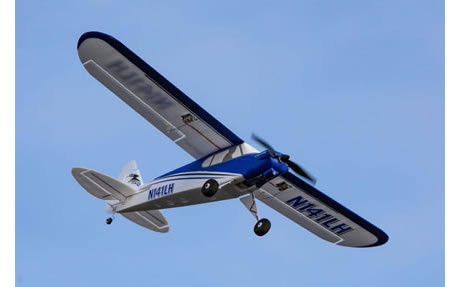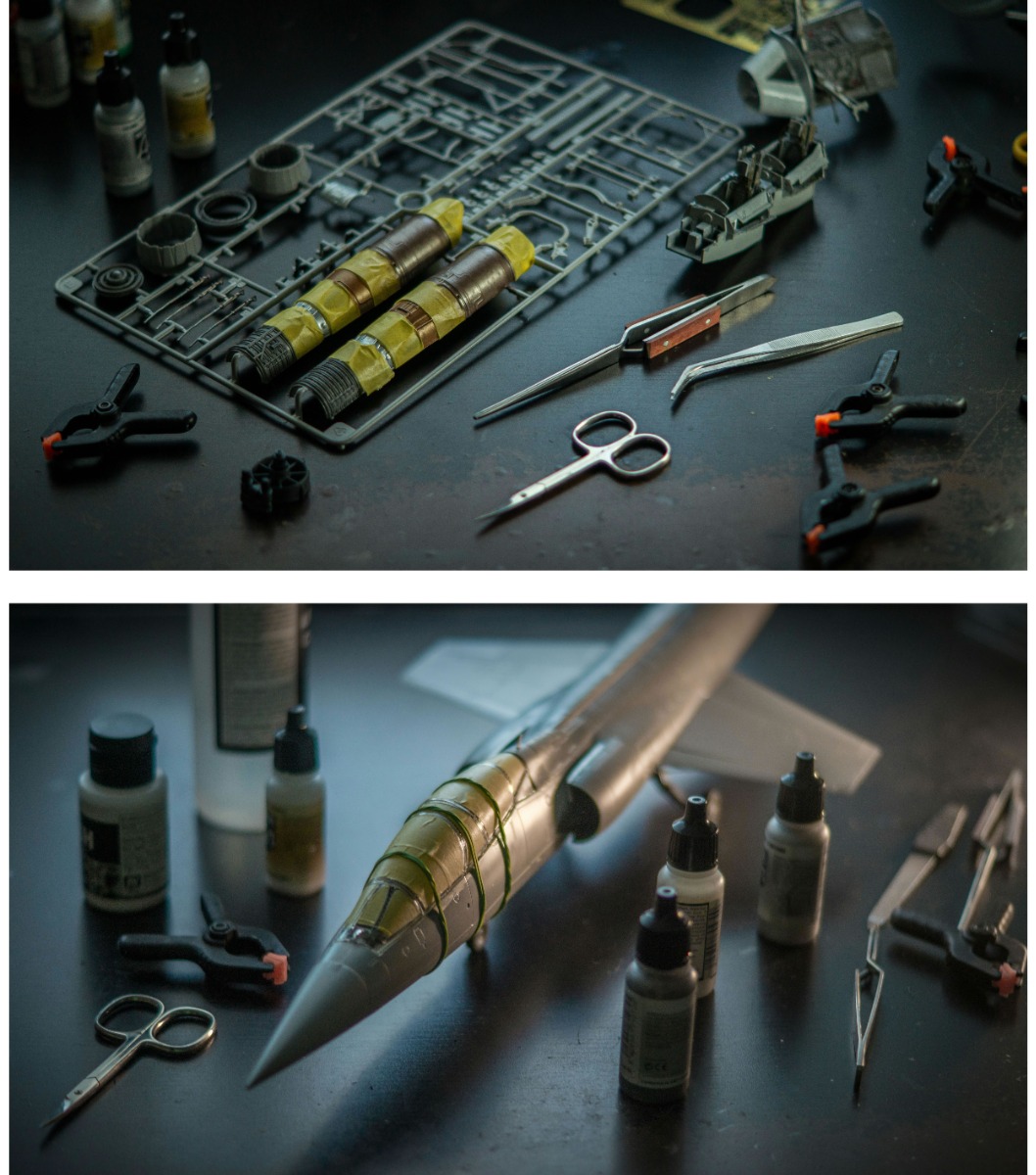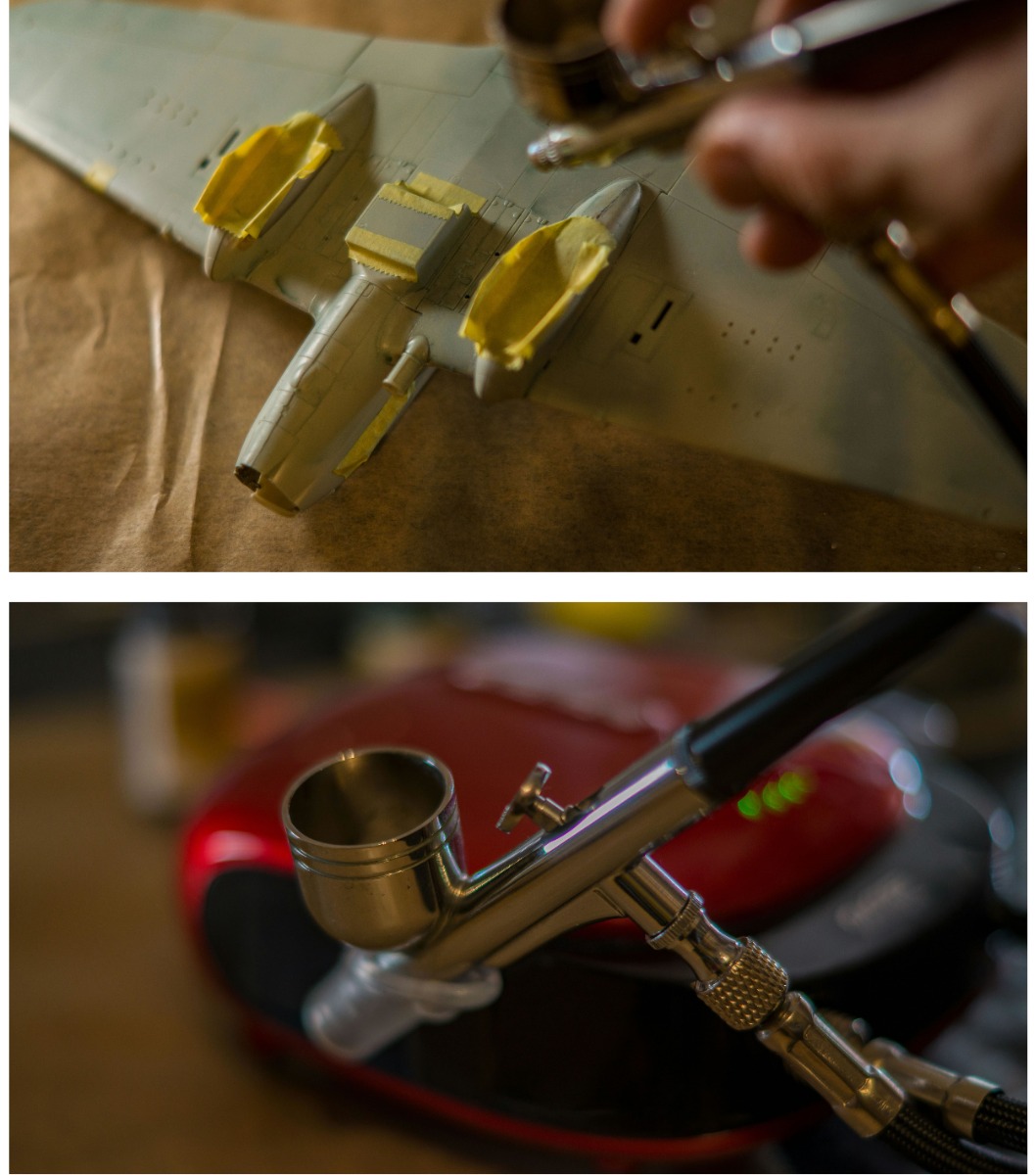Dragon 1/35 Soviet Anti Tank Team 1942/43 # 6049
During the critical years of 1942 and 1943 in World War II, the Soviet Union faced formidable armored threats from the German military machine.
To counter these armored assaults, the Soviets relied on specialized Anti-Tank Teams.
These teams were composed of highly trained and equipped soldiers whose primary objective was to neutralize enemy tanks and armored vehicles on the battlefield.
The Soviet Anti-Tank Teams were typically made up of a small group of soldiers armed with anti-tank rifles, submachine guns, and anti-tank grenades.
Their weaponry was specifically designed to penetrate and disable enemy tanks.
The most commonly used weapon in their arsenal was the PTRD-41 anti-tank rifle, capable of piercing through the armor of German tanks at close range.
The Anti-Tank Teams were skilled in using various tactics and techniques to engage enemy tanks effectively.
They often operated in small, mobile units and took advantage of the terrain to set up ambushes or defensive positions.
They would carefully choose their firing positions, aiming for weak spots in the enemy tanks such as tracks, engine compartments, or other vulnerable areas.
In addition to their offensive role, the Anti-Tank Teams also played a defensive role by providing cover and protection for their own infantry units.
They would position themselves strategically to intercept enemy tanks and protect their comrades from armored assaults.
The Soviet Anti-Tank Teams faced significant challenges during this period, as they often encountered superior German tanks and experienced intense combat situations.
However, their courage, skill, and determination were instrumental in slowing down the German advances and inflicting heavy losses on enemy armored units.
Overall, the Soviet Anti-Tank Teams of 1942-1943 played a crucial role in the defense of the Soviet Union against German armored forces.
Their relentless efforts and sacrifices contributed to the eventual turning of the tide in the Eastern Front, marking a significant shift in the course of the war.





















 Spread the cost with Paypal Credit
Spread the cost with Paypal Credit
 Spread the cost with Klarna
Spread the cost with Klarna






















